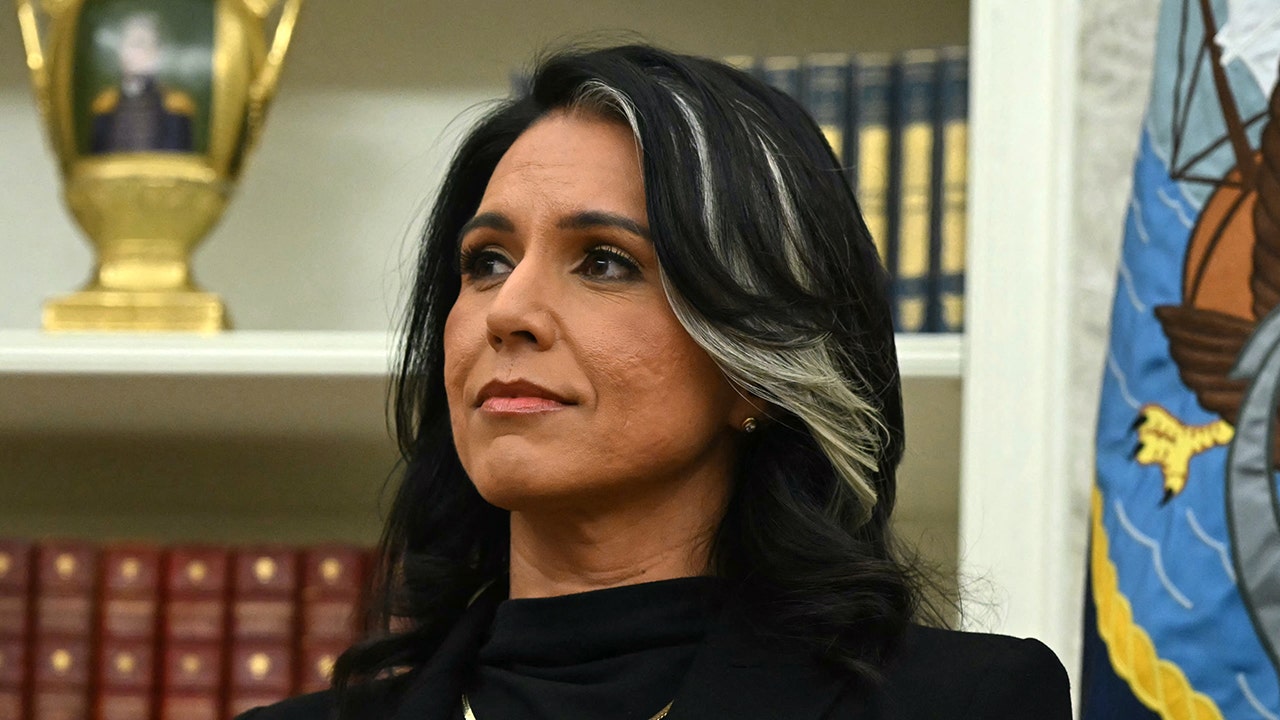The number of children in Aotearoa New Zealand
who are not immunised against measles is still growing and
we are now close to the tipping point that set off measles
epidemics in previous years warn public health
experts.
While there have been moves to
improve immunisation coverage, the number of
measles-susceptible children is still increasing by around
1000 every month. The latest Briefing
from the Public Health Communication Centre (PHCC) lays out
three actions that are needed urgently to prevent another
measles epidemic.
Dr Oz Mansoor and co-authors say
most important is a catch-up immunisation for those aged 15
months to 9 years who didn’t get the MMR
(measles-mumps-rubella) vaccine. “We can use existing
immunisation requirements for primary schools and
pre-schools to reach 95% coverage required to stop
spread,” says Dr Mansoor. But he says this will need staff
to identify the unvaccinated and then engage with parents
who may be vaccine hesitant. “It can take time to build a
relationship, and to be able to explain the benefits and
potential risks of the MMR vaccine with vaccine
misinformation so prevalent.”
The
measles component of the MMR vaccine will protect for life,
with a single dose working for about 90% of children. The
second dose protects those where the first dose failed,
leading to about 99% protected after two
doses.
Advertisement – scroll to continue reading
“In addition to preventing a
serious disease that can kill and have other serious
consequences, being immunised means that there is no need
for quarantine if the child becomes a close contact of a
measles cases,” says Dr Mansor
While we address our
immunity gaps, the Briefing also urges immediate action to
reduce the risk of measles entering the country. “This can
be as simple as making sure all travellers are aware of the
risk and encouraged to check that they are protected against
measles. They should also be urged to take documentation of
immunity with them to avoid the need for quarantine if they
become a measles contact during their travels,” says Dr
Mansor.
The third point of action advised by the
Briefing is to have a stronger immunisation component in our
response to measles cases. “This could include targeted
vaccination of susceptible individuals in communities where
cases occur. Basically, looking at a wider ring of
immunisations around an outbreak, using the Aotearoa
Immunisation Register.”
“The number of
susceptible children is now close to that before the 1980,
1985, 1991 and 1997 measles epidemics. Compared to those
years, we now have more susceptible young adults, and may be
already primed for a large epidemic,” says Dr
Mansoor.
NB: In 1996, Dr Mansoor was part
of team who predicted the 1997 epidemic based on the number
of susceptible children. The planned response was an MMR
immunisation campaign, but the epidemic started just before
the campaign. The latter is still estimated to have
prevented 90-95% of cases, but there were almost 2000 cases
and more than 300 hospitalisations.
We are now
dangerously close to the threshold again. Presently the
number of measles susceptible children increases by 1000
every month. This situation creates a growing ‘immunity
gap’ between the number of people immune to measles, and
the number of people who need to be immune to prevent
epidemic spread.
Parents can have their
children immunised at no charge at any GP or healthcare
provider, and at many pharmacists. The same applies to
adults over the age of 18 years who are eligible for free NZ
healthcare.
Dr Mansoor is a Public Health Physician
currently on sabbatical with the
PHCC.
© Scoop Media
Advertisement – scroll to continue reading



















Discussion about this post